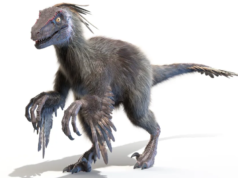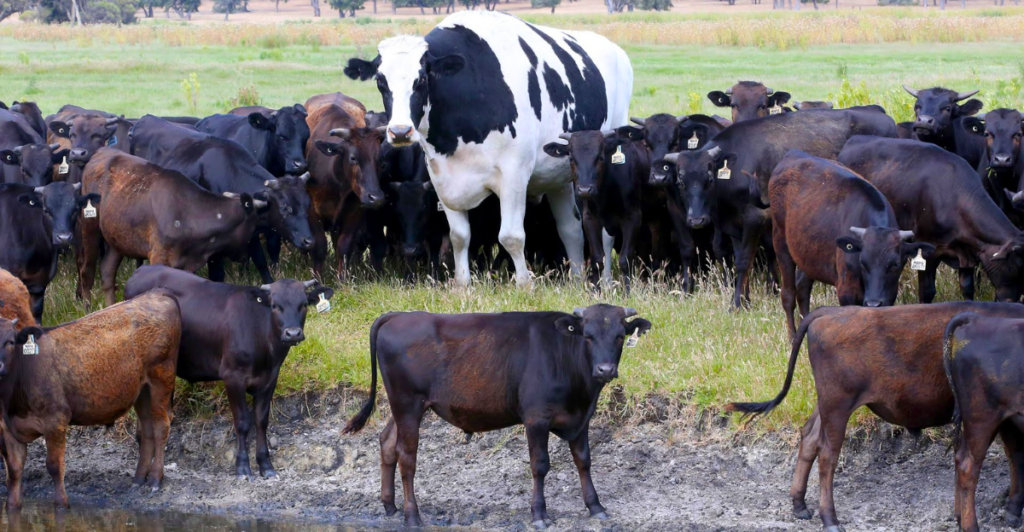
America’s cattle country is the heart of the nation’s beef industry, where vast ranches and feedlots produce the majority of U.S. beef. From the sweeping plains of Texas to the rolling hills of Nebraska, these regions fuel a multibillion-dollar industry that feeds millions. But what really goes on behind the scenes? Let’s take a closer look at the landscapes, traditions, and challenges shaping America’s beef production.
The Vast Landscapes of America’s Cattle Country
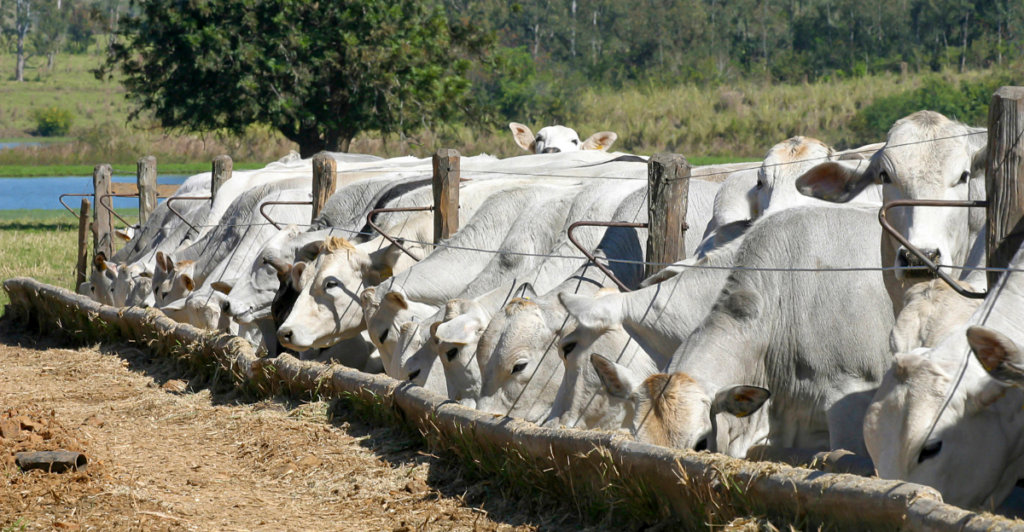
From the rolling plains of Texas to the sprawling ranches of Nebraska, cattle country covers millions of acres. These lands are home to over 80 breeds of cattle, each adapted to different climates. While cattle are raised in nearly every state, five—Texas, Kansas, Nebraska, California, and Oklahoma—dominate U.S. beef production. But with industry consolidation and cattle moving through multiple locations, tracing a steak’s exact origin isn’t as simple as it seems.
The Rise of Big Beef—Who Really Controls the Market?
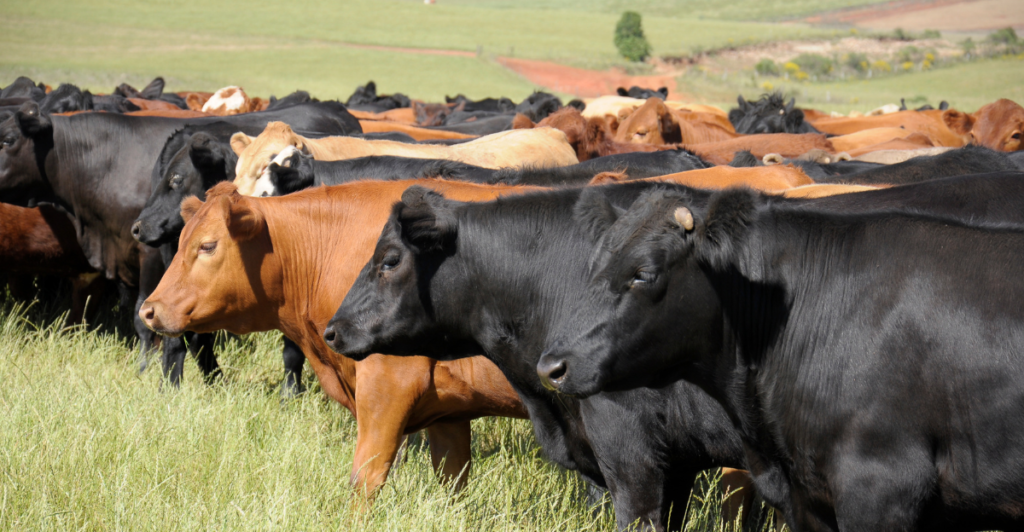
A handful of corporations shape what ends up on America’s dinner plates. In 1970, the top four beef companies controlled only 20% of the market. Today, that number has skyrocketed to over 85%. This consolidation allows for mass production but makes it harder for small, independent ranchers to compete. With fewer companies in charge, pricing and supply chains are tightly controlled, raising concerns about fairness and sustainability in the industry.
Pasture to Plate—How Cattle Are Raised
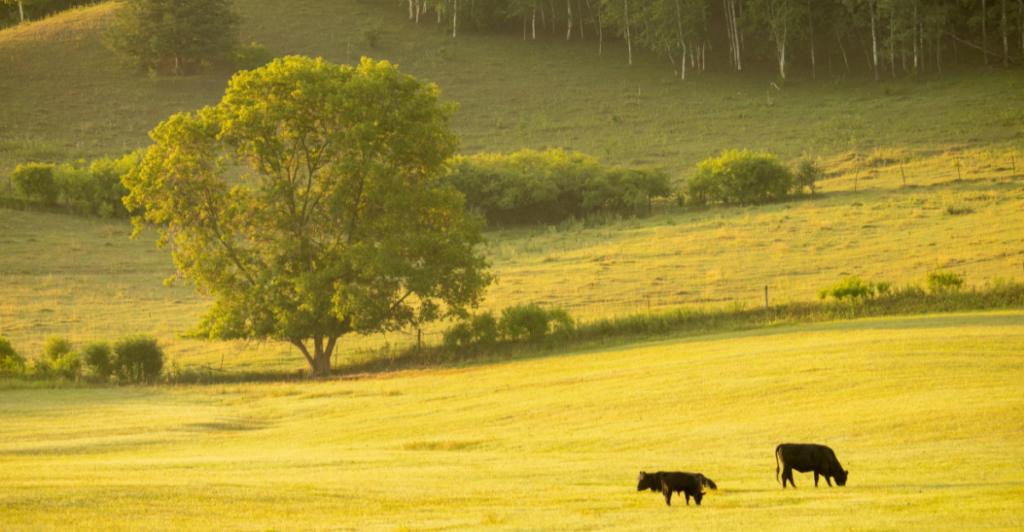
Most American beef cattle start life on open pastures, grazing freely on grasslands. This traditional method provides a natural lifestyle but requires vast amounts of land. Around 75% of cattle, however, eventually transition to feedlots, where they are grain-fed to reach their ideal weight more quickly. While feedlots speed up production, they also raise concerns about animal stress and disease risks. This contrast between pasture- and grain-fed beef fuels ongoing debates in the industry.
The Science of the Perfect Steak—Why Genetics Matter
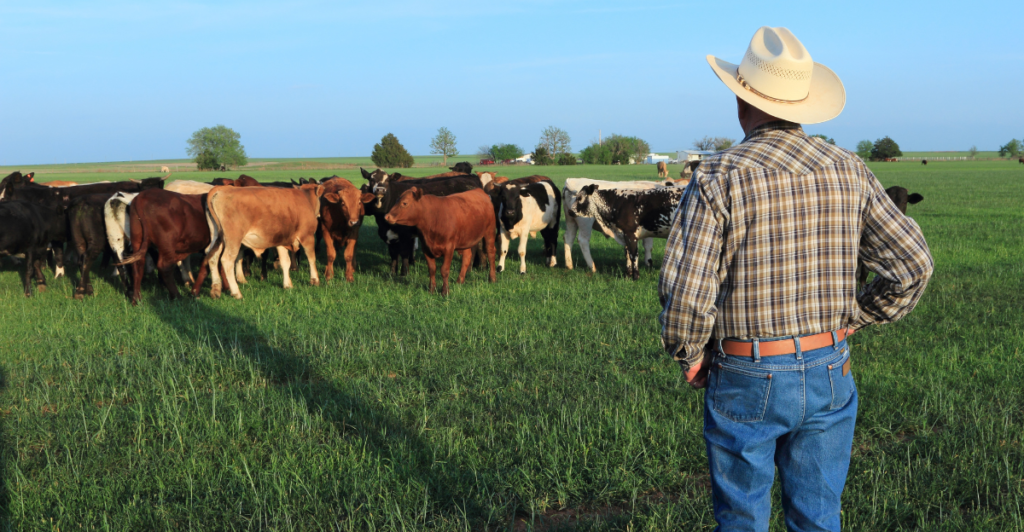
Behind every juicy steak is a careful science of breeding. Ranchers meticulously select cattle based on genetics, focusing on traits like tenderness, marbling, and even temperament. Docile cattle are easier to handle, while optimal birth weight reduces complications. Angus beef, prized for its quality, dominates supermarket shelves, but some ranches specialize in high-end Wagyu. With genetic technology advancing, the beef industry is fine-tuning cattle to meet both consumer demand and efficiency needs.
The High Cost of Isolation—Hawaiian Beef’s Unique Struggles
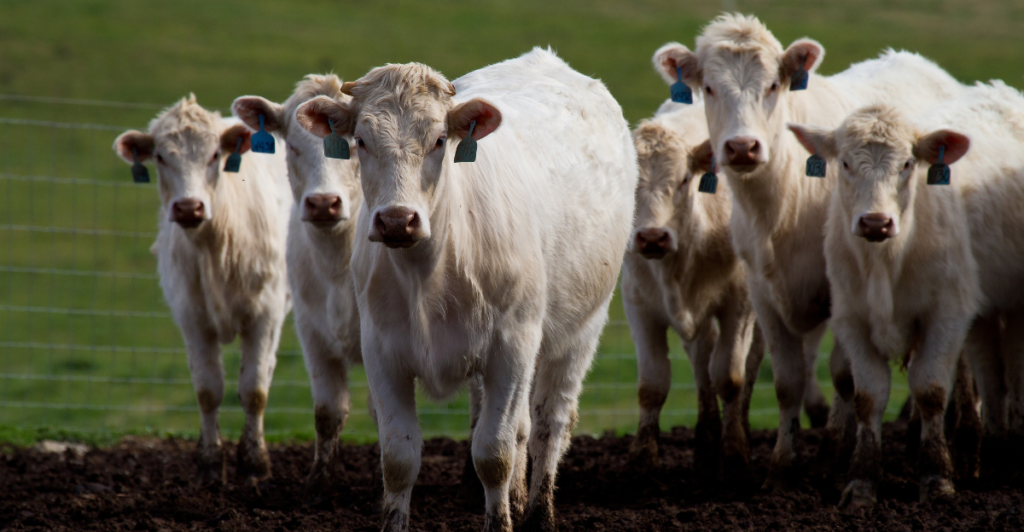
Ranching in paradise comes with a price. In Hawaii, the high cost of shipping cattle to the mainland makes local beef more expensive and less competitive. To stay in business, many ranchers focus on breeding high-quality Angus cattle, which fetch higher prices. Others explore niche markets, selling grass-fed, locally raised beef directly to consumers. Despite the challenges, Hawaii’s ranchers continue to adapt, proving that even in the most remote locations, the beef industry finds a way.
The Unexpected Side of Ranch Life—Lights, Camera, Cattle!

Ranches aren’t just for raising cattle—some double as movie sets! In Hawaii, where high shipping costs make beef production challenging, some ranchers have found an alternative revenue stream: Hollywood. Iconic films like Jurassic Park and Lost were filmed on cattle ranches, proving that beef country isn’t just about steak—it’s about survival. Balancing ranching with entertainment highlights the creative ways farmers stay afloat in an unpredictable industry.
The Battle Over Sustainability—Can Beef Be Green?
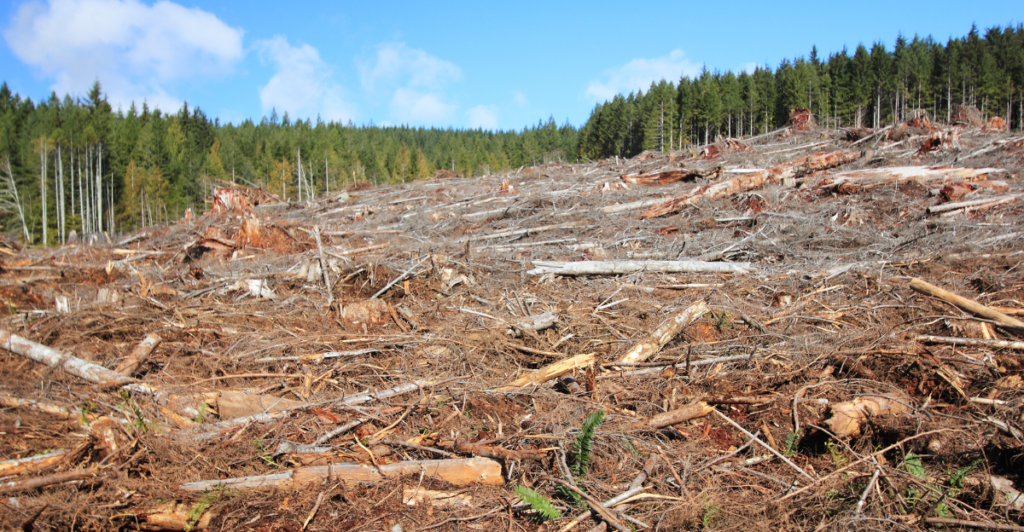
Beef production is often blamed for deforestation, water use, and greenhouse gas emissions. But some ranchers are flipping the script with regenerative practices. By rotating grazing patterns, improving soil health, and preserving native grasslands, they’re reducing their environmental footprint while keeping cattle healthy. These efforts challenge the idea that beef is inherently unsustainable, showing that the industry is evolving to meet modern environmental concerns.
Local Beef and the Community—A Fairground Tradition
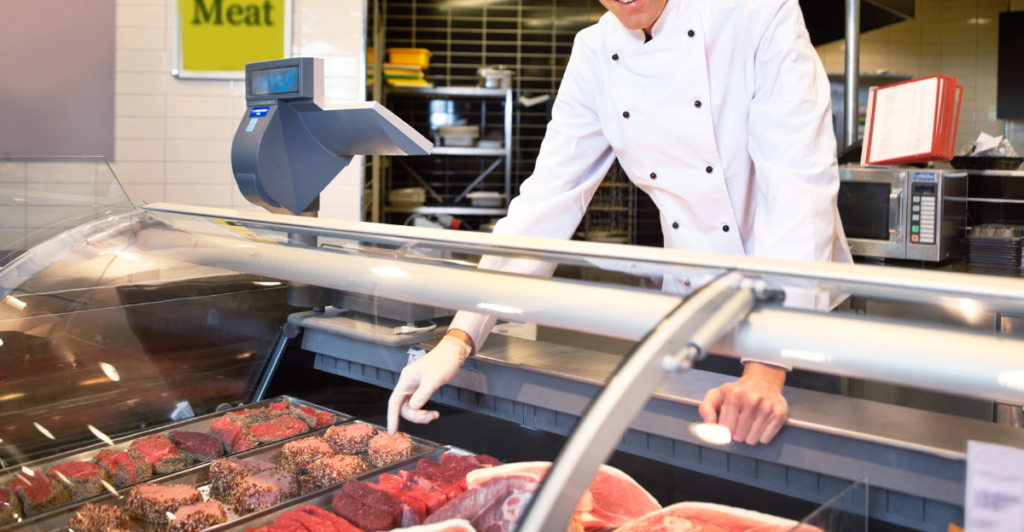
Not all beef comes from massive corporations. Across the U.S., grocery stores and restaurants proudly feature local beef from county fairs. Young ranchers raise cattle as part of agricultural programs, selling them to support future farming careers. This tradition strengthens local economies and keeps family farms alive. While industrial beef dominates supermarket shelves, small-scale operations prove that locally sourced-beef is still thriving in America’s heartland.
The Future of Beef—Technology Takes Over
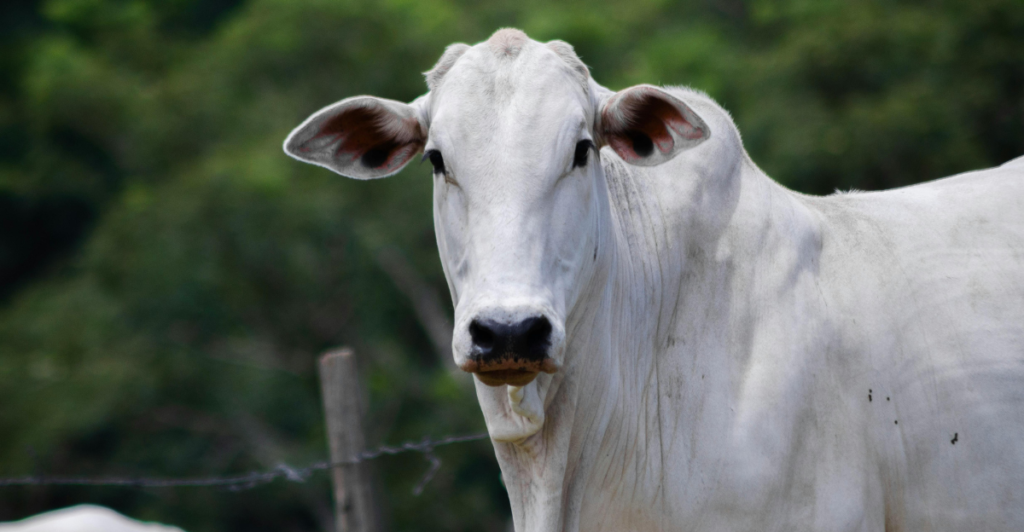
The modern ranch is more high-tech than ever. From GPS-guided grazing to AI-powered genetic selection, technology is reshaping the beef industry. Drones monitor cattle movements, while smart feeding systems optimize nutrition. Even lab-grown meat is emerging as a competitor, forcing traditional beef producers to adapt. Whether it’s improving sustainability or maximizing efficiency, innovation is transforming cattle country in ways previous generations could never have imagined.
America’s Cattle Country—A Tradition That Endures

Despite shifting markets, environmental debates, and technological changes, one thing remains constant: America’s deep-rooted cattle culture. From the ranchers tending herds at sunrise to the consumers savoring a steak at dinner, the beef industry connects millions of people. Whether through family farms, corporate giants, or sustainable ranching practices, cattle country continues to define the American landscape, proving that its legacy is far from fading.
Explore more of our trending stories and hit Follow to keep them coming to your feed!

Don’t miss out on more stories like this! Hit the Follow button at the top of this article to stay updated with the latest news. Share your thoughts in the comments—we’d love to hear from you!



